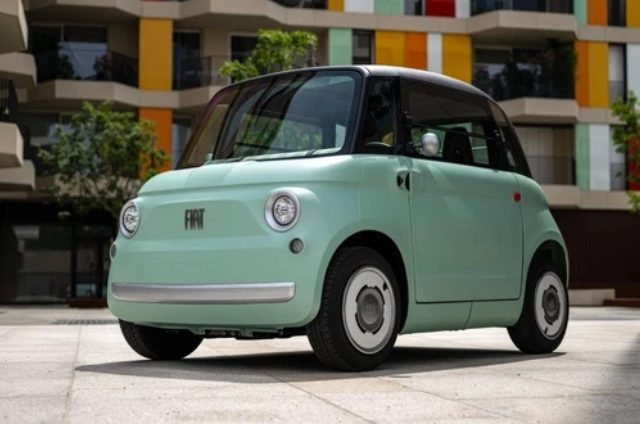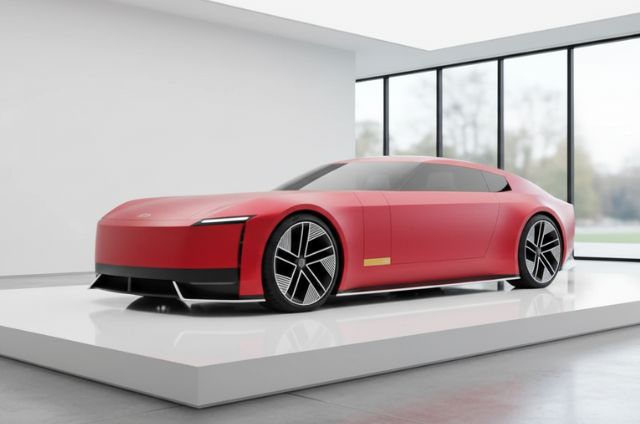Big Battery Buzz, Tiny EV Trend
While automakers like Toyota make headlines with large EVs and electric pickups, something much smaller is quietly gaining traction: tiny EVs. Think minimalist, urban-ready vehicles designed for short trips, easy parking, and ultra-low cost.
One of the newest? Toyota’s FT-Me, a compact two-seater concept aimed squarely at Europe’s quadricycle market. With a solar panel to help stretch its modest range (about 100 km), it’s a clever solution for cities and regions where public transit has gaps—and highways aren’t part of the plan.
What’s a Quadricycle, Anyway?
In many European countries, quadricycles are legal to drive at age 14 and are limited to 45 km/h and about 8 horsepower. They aren’t built for speed, but they are built for practicality. In some areas, they’re a lifeline for commuters, students, or seniors needing a simple way to get around.
The concept fits into what some call the “Minimum Viable Car” approach: just enough range, space, and power to get you where you need to go—no more, no less.
Citroën Ami: The Friendly Minimalist
France’s Citroën Ami has been leading the way in this space since 2020. It packs an 8 hp motor and a 5.5 kWh battery, delivering about 75 km of range. It’s full of clever cost-cutting design—like asymmetrical doors and no touchscreen, instead relying on your smartphone for infotainment.
Despite its stripped-down nature, the Ami has won over European city dwellers with its quirky charm, low price, and unmatched parking ease.
Why Tiny EVs Matter
As the world races toward electrification, not everyone needs a high-powered SUV. In fact, these micro-EVs fill crucial roles in dense cities, developing nations, and for those priced out of bigger EV options.
For carmakers, these ultra-simple vehicles offer a way to cut production costs, reduce emissions, and tap into new markets—all without overengineering.



